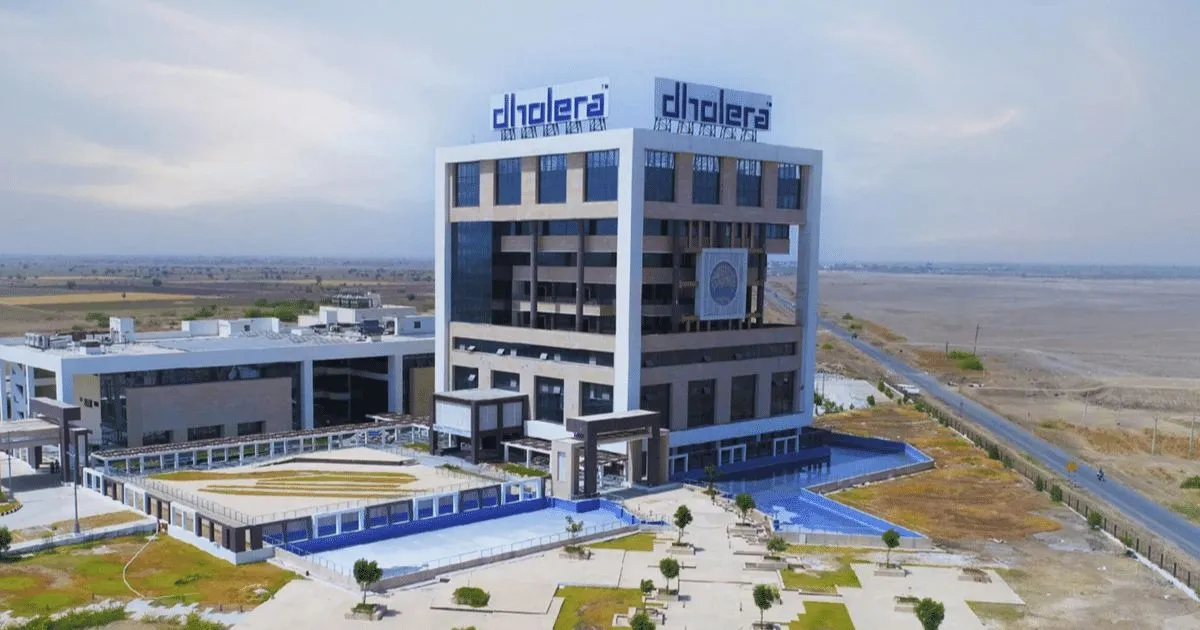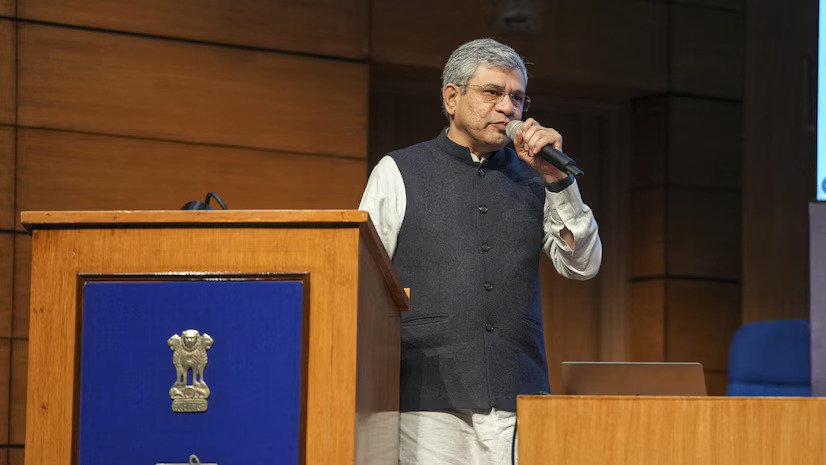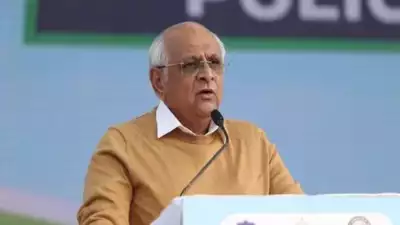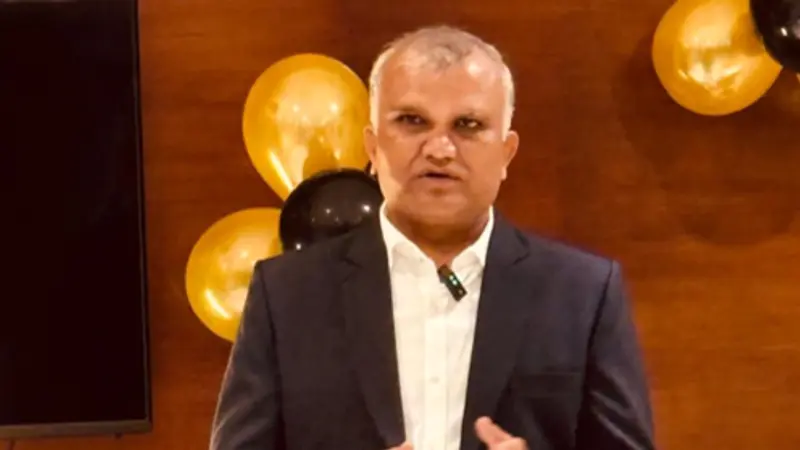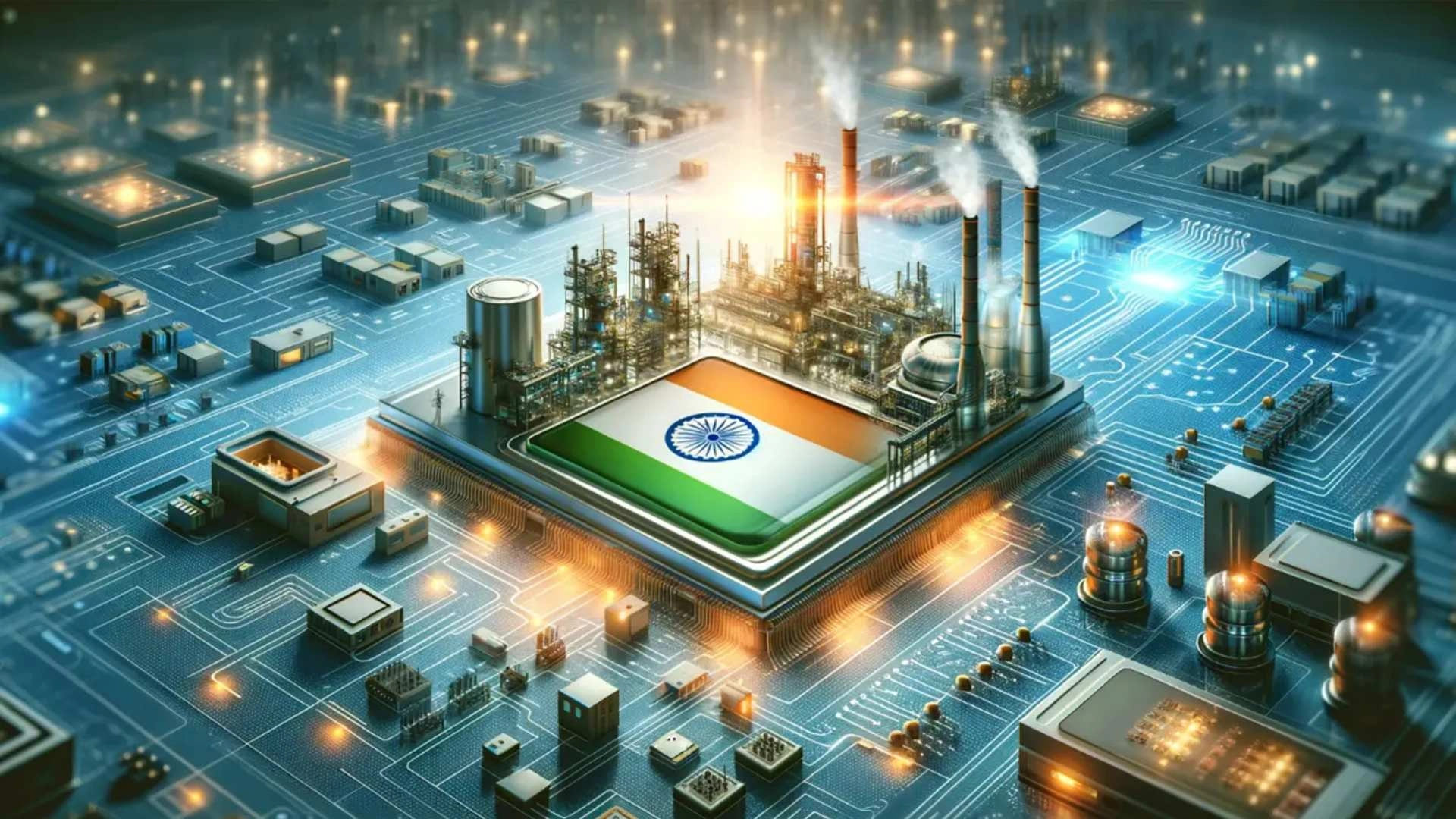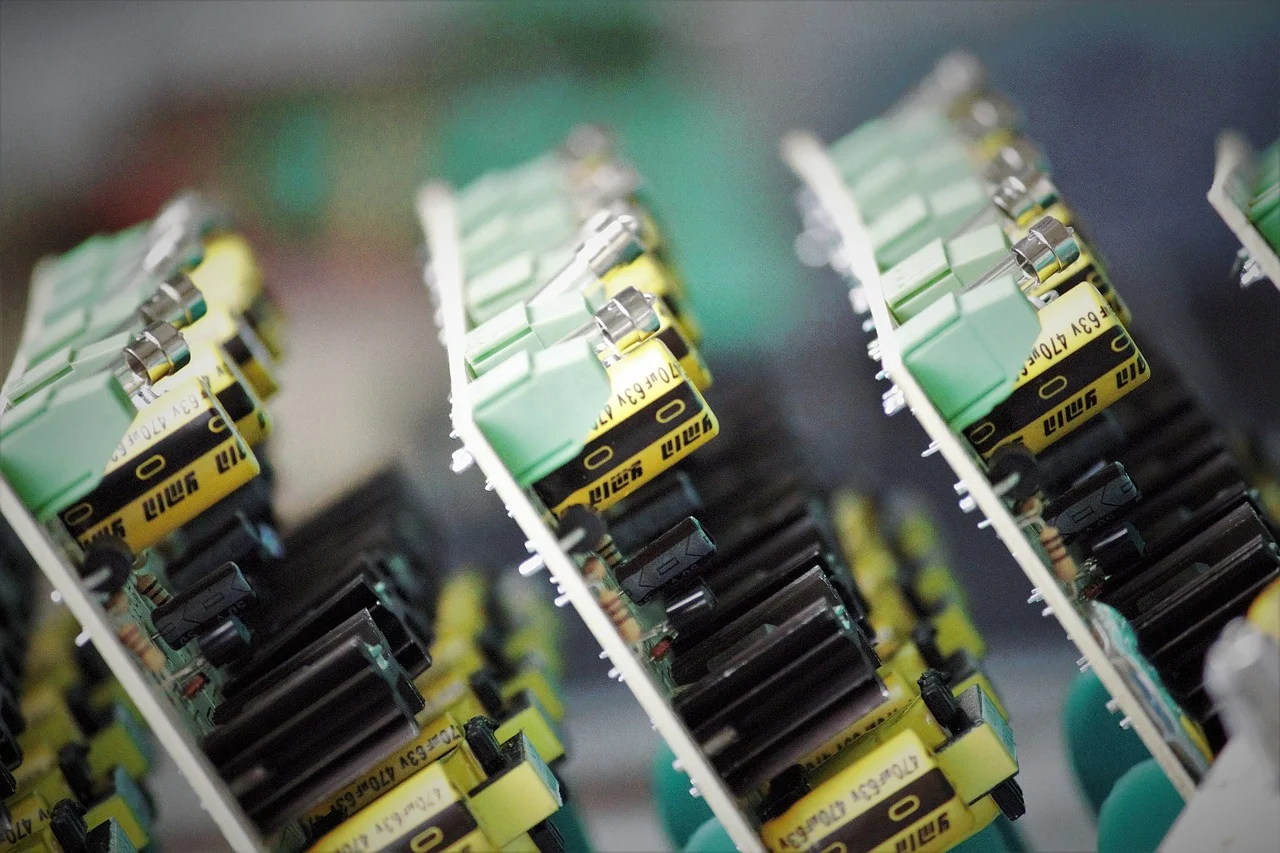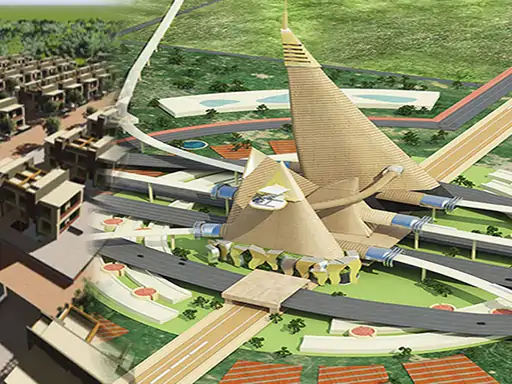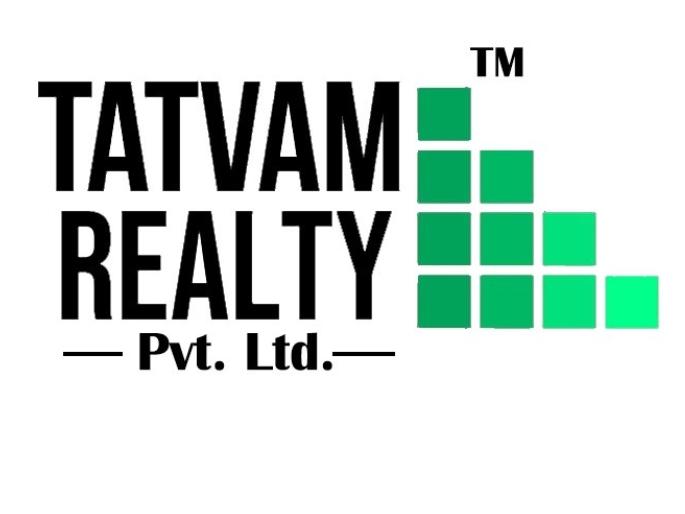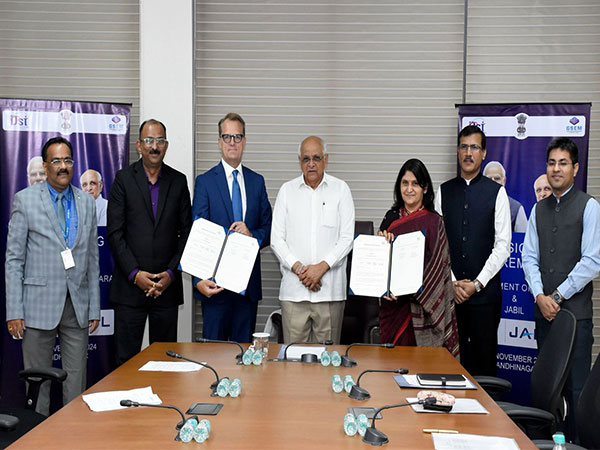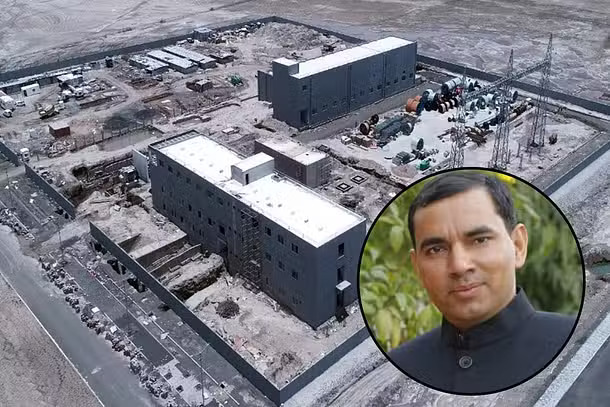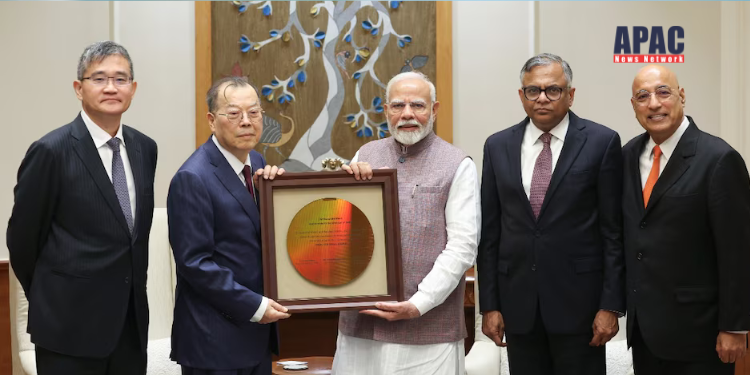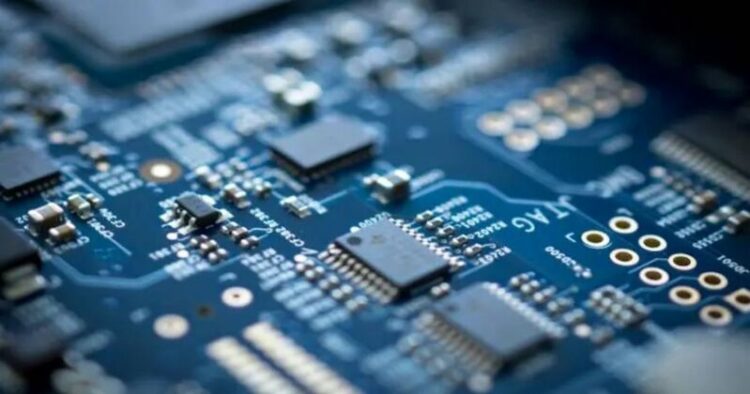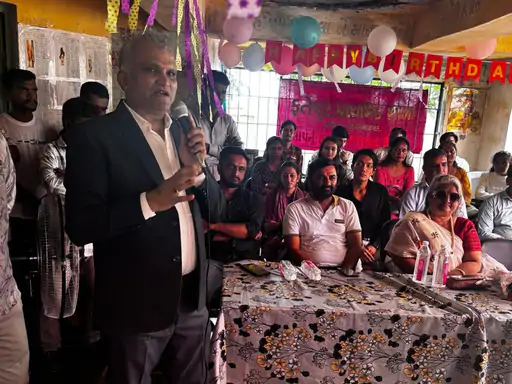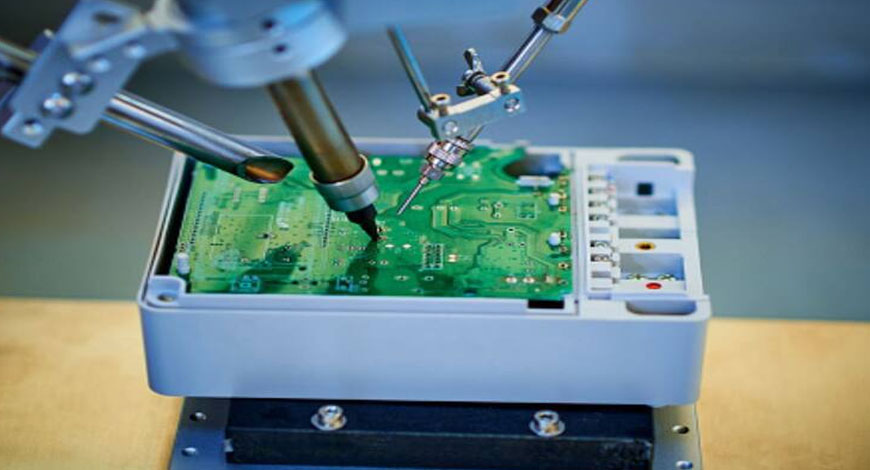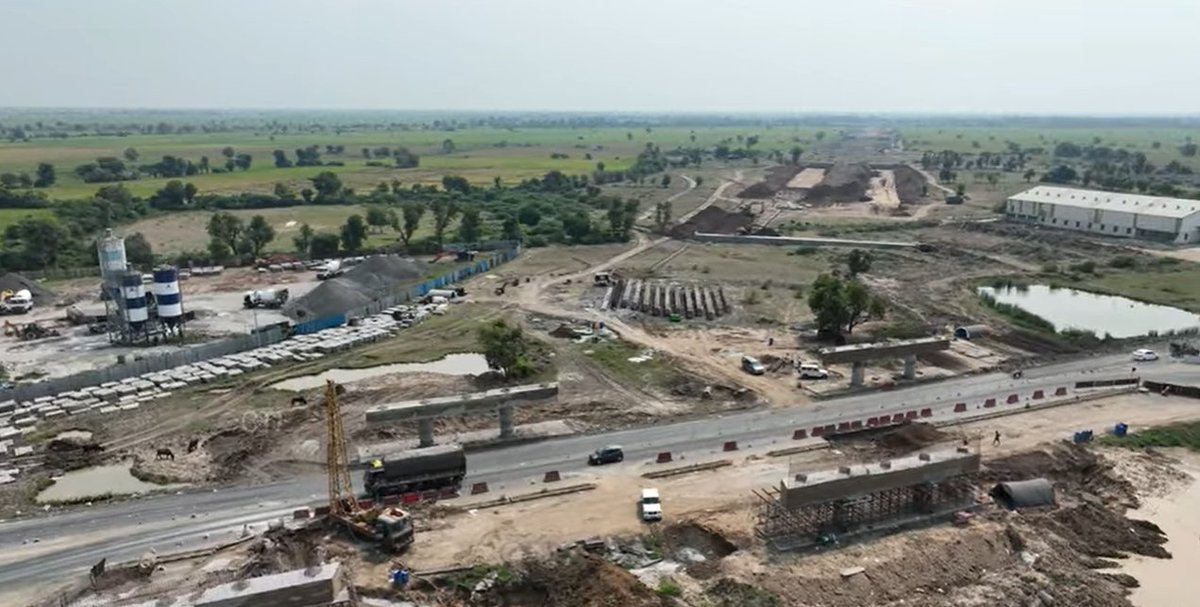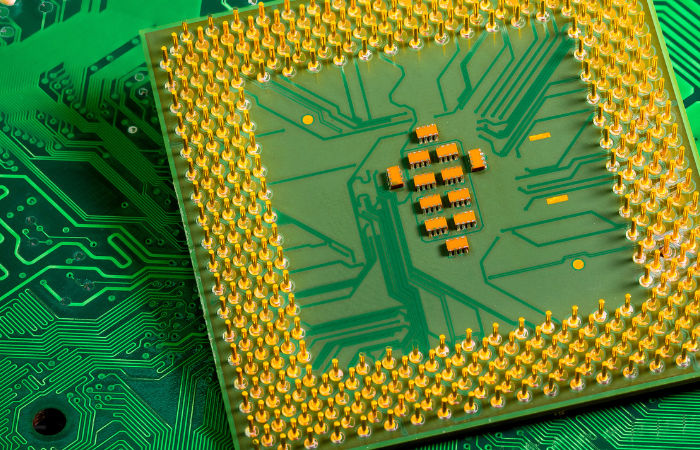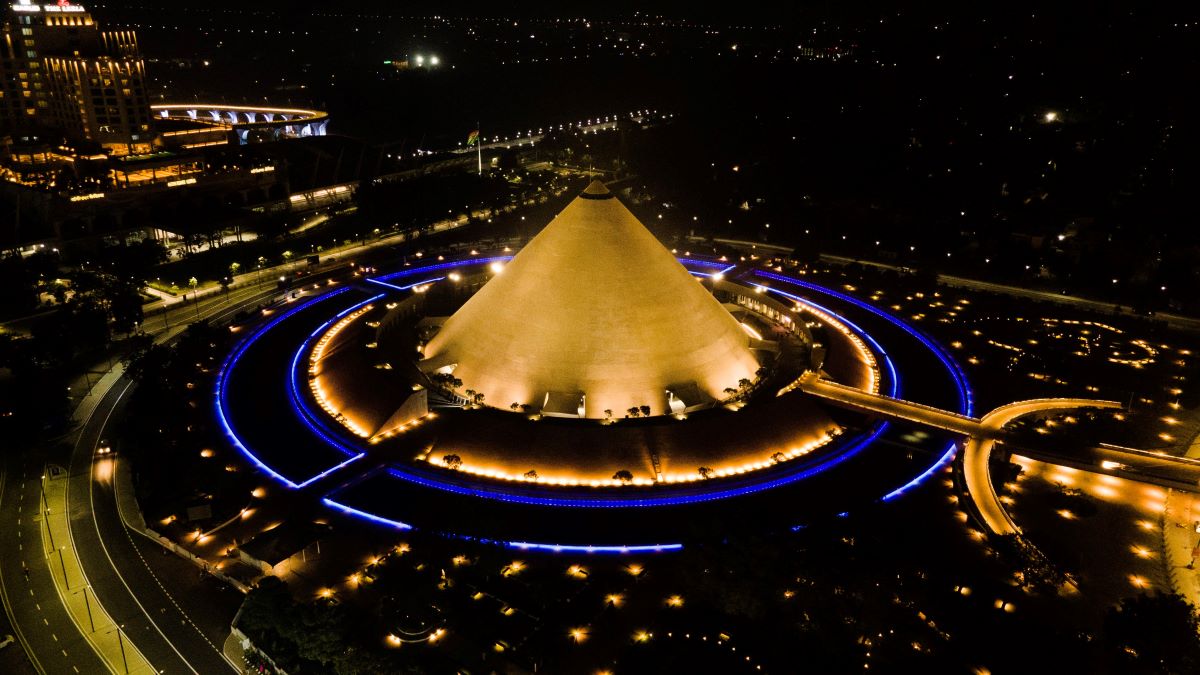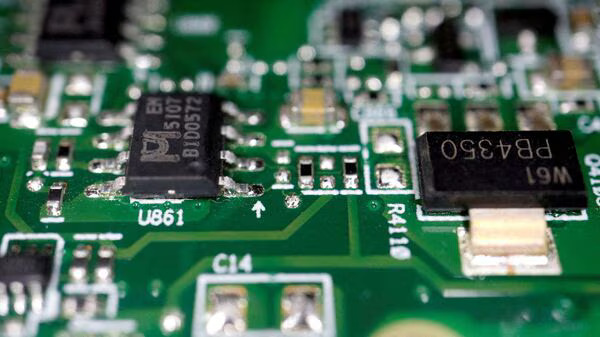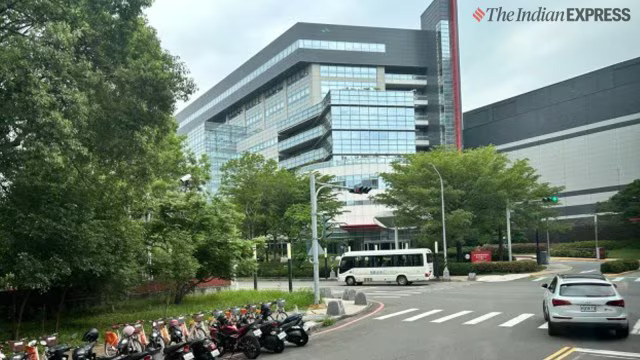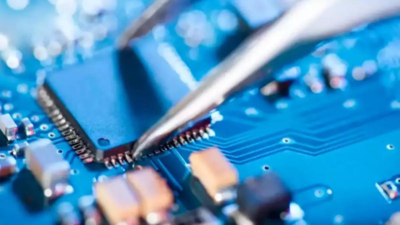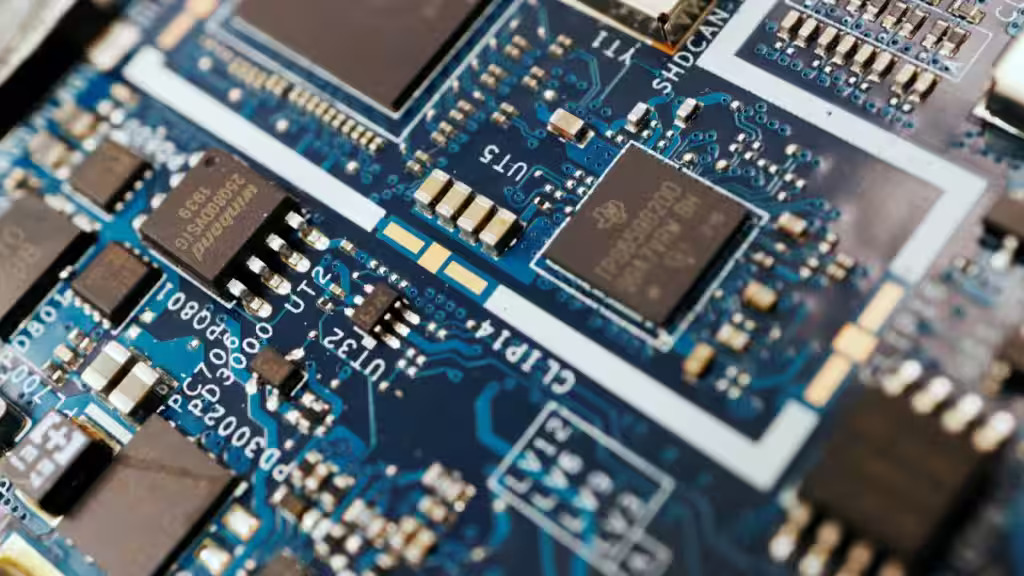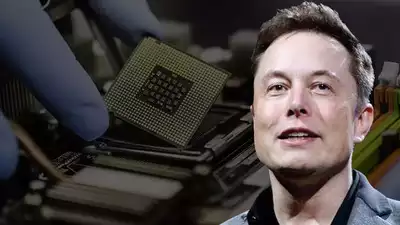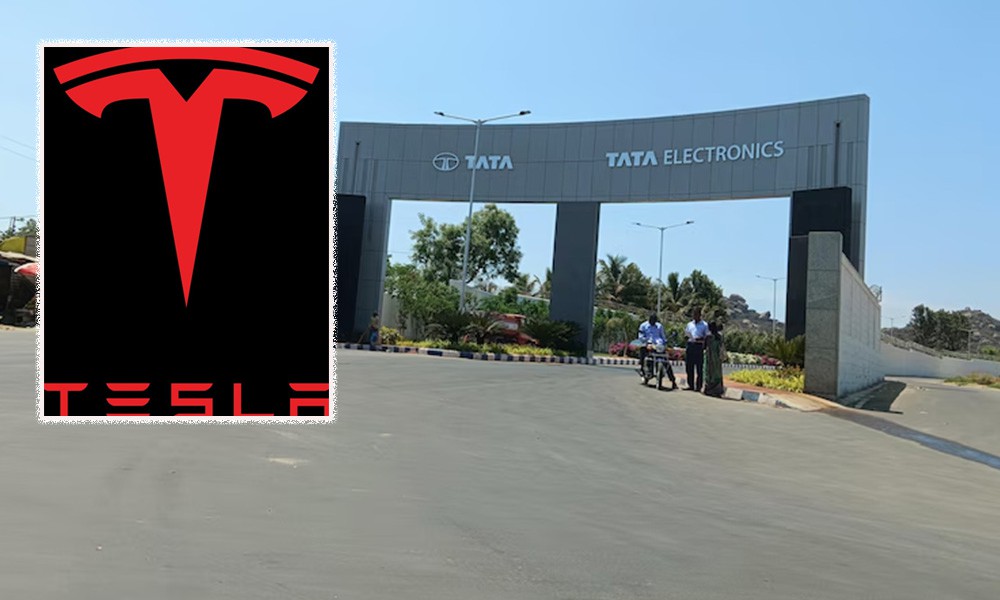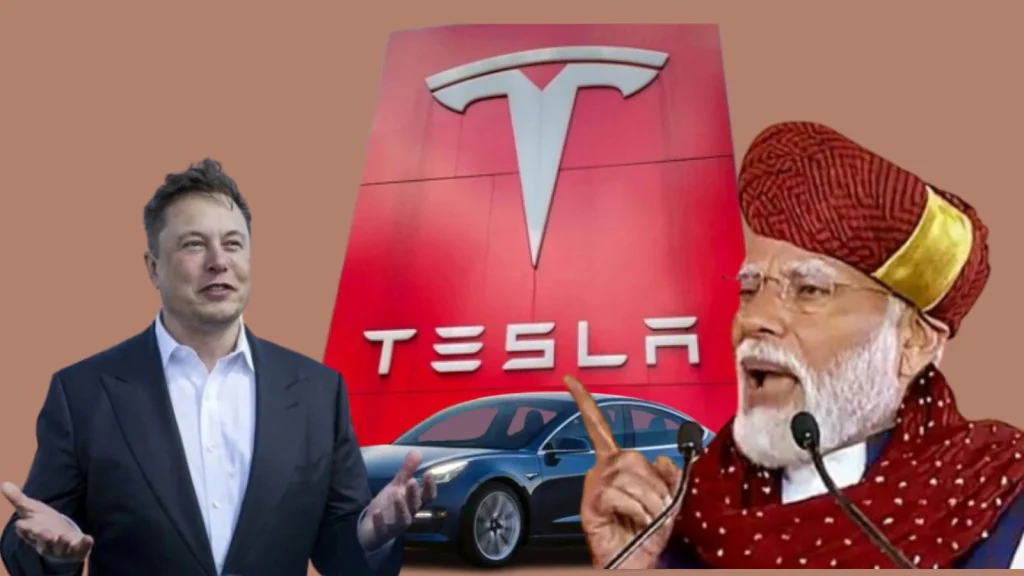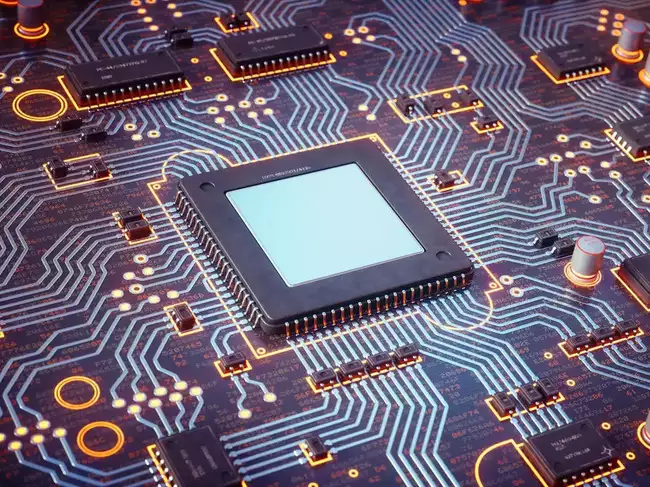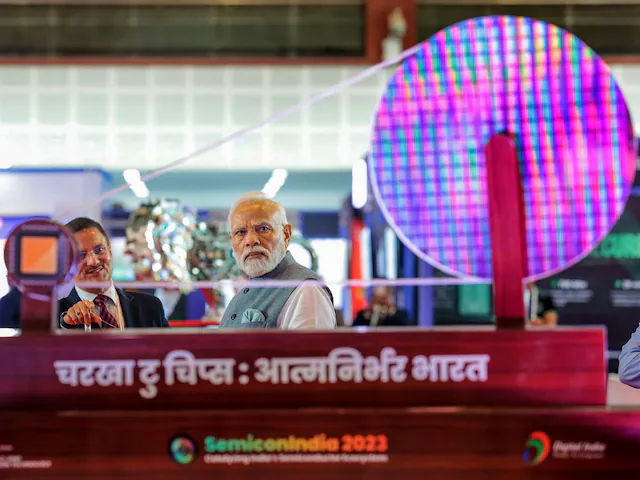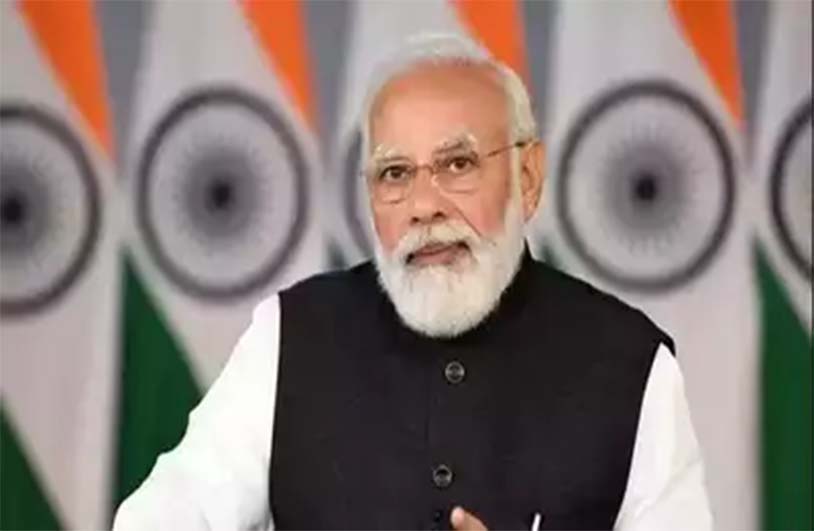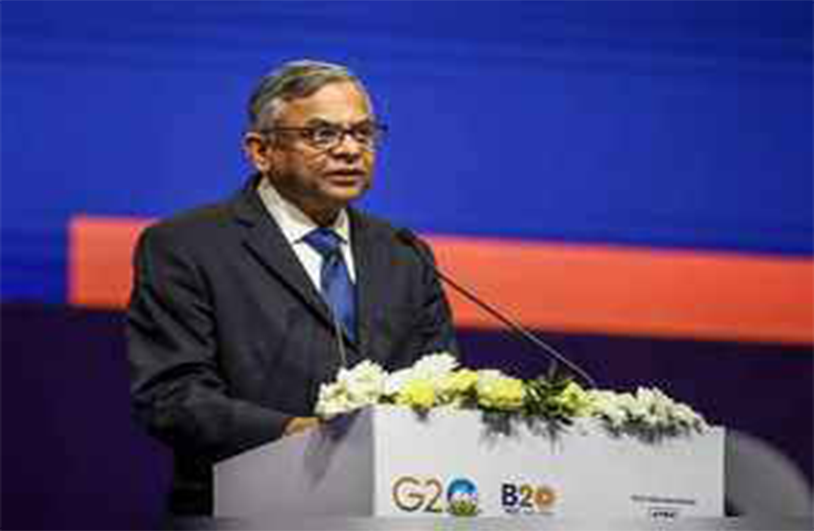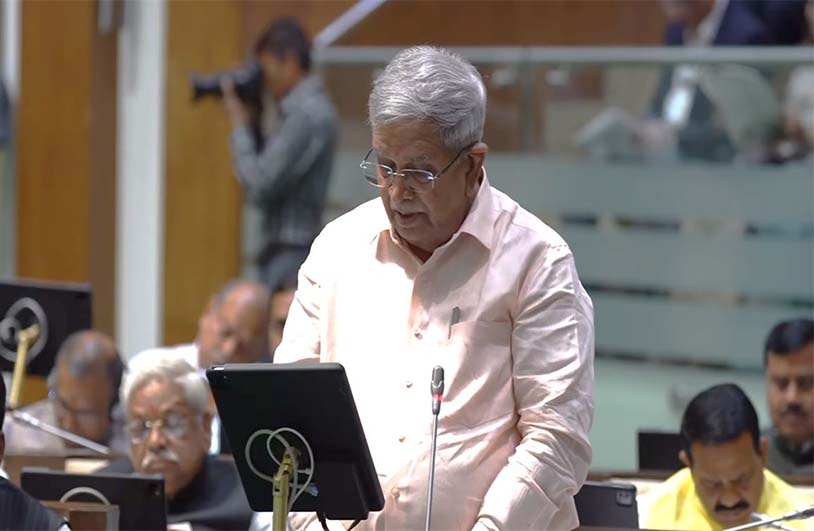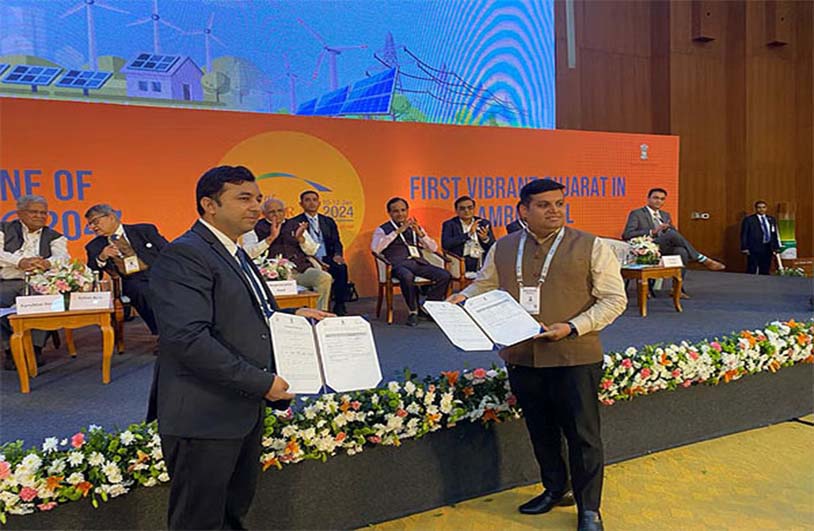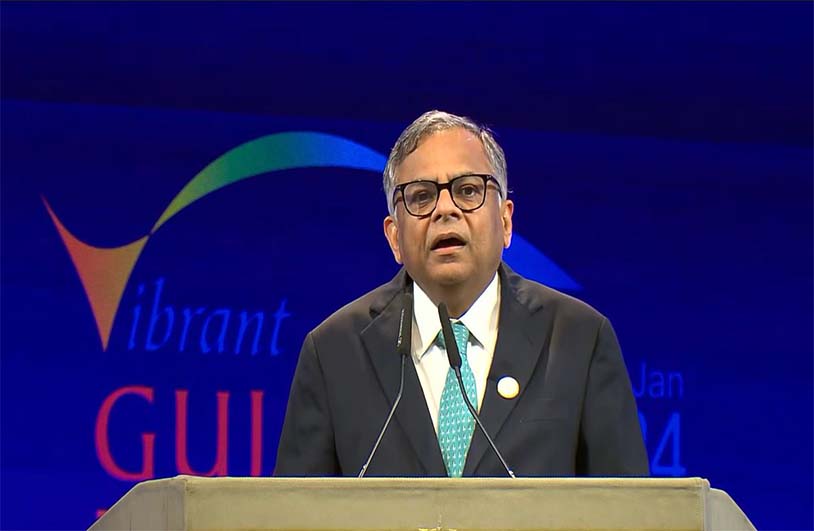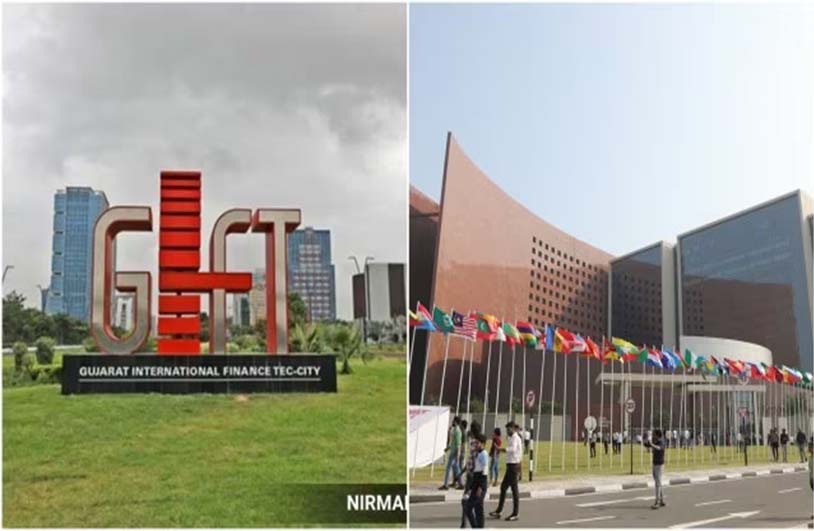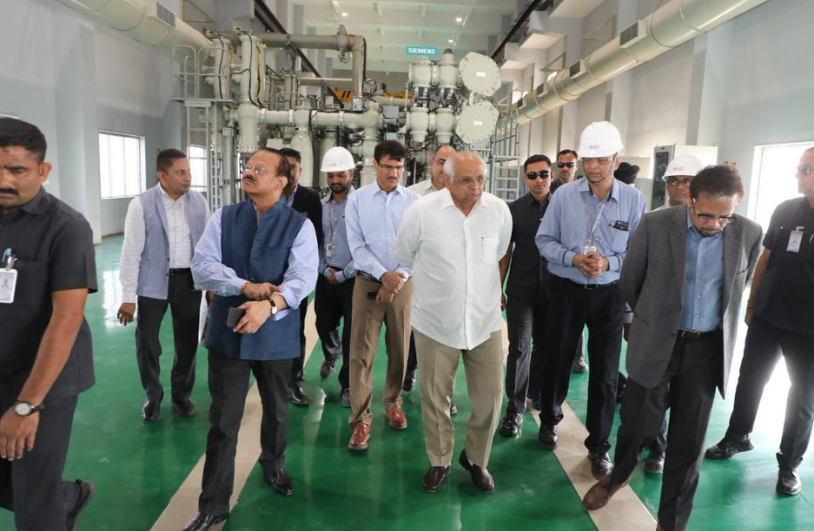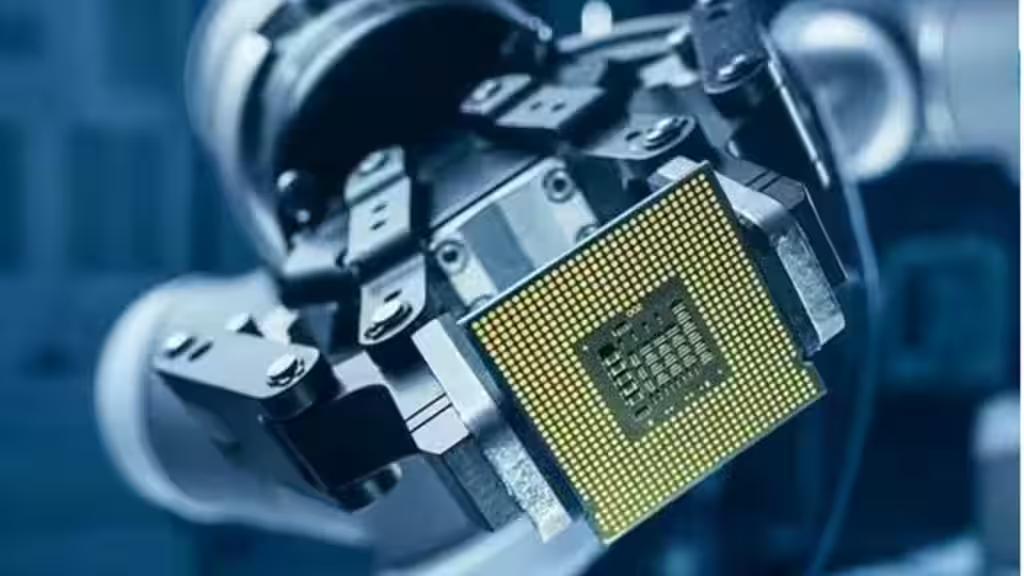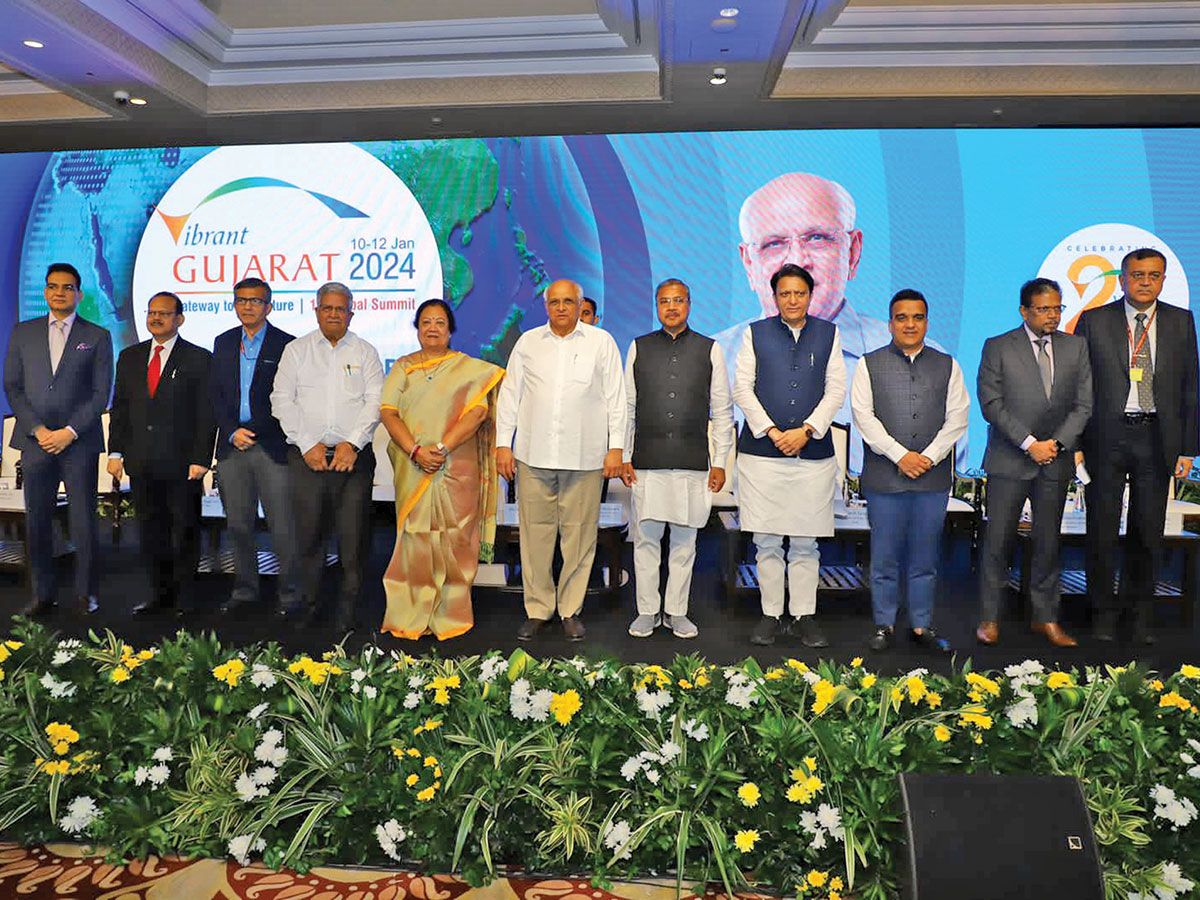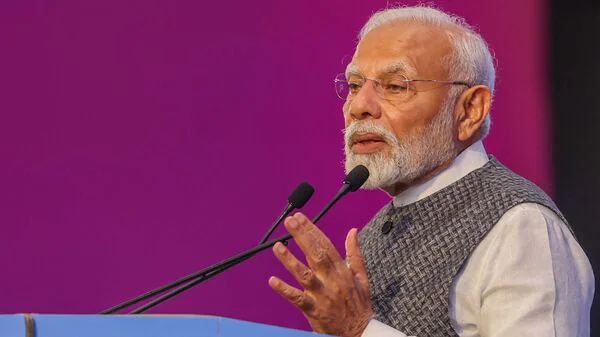
India woos chipmakers with $500bn market by 2030, new incentives soon
The PM pointed out that India is training more than 85,000 technicians, engineers and research scientists for 10 years to work in the semiconductor space.
New Delhi: Prime Minister Narendra Modi unveiled a new front in India’s “silicon diplomacy” on Wednesday, when he projected a $500-billion domestic market for electronics by 2030, and called India one of the biggest markets “for the world’s semiconductor companies to come and do business in”.
When the chips are down, you can rely on India
“When the chips are down, you can rely on India,” Modi declared at the inaugural edition of Semicon India, underlining the country as an economically vital and stable geopolitical region for the ultra-sensitive semiconductor supply chain.
The PM pointed out that India is training more than 85,000 technicians, engineers and research scientists over 10 years to work in the semiconductor space. Further, the Centre is partnering with Indian Institutes of Technology (IITs), setting up a semiconductor research facility at the Indian Institute of Space Science, and also has a ₹1 trillion fund for research on deep technologies, he added.
“All of this is complemented by a $150-billion domestic electronics market right now, which will expand to $500 billion by the end of this decade,” Modi said, as India pushes to attract more chipmakers and component suppliers to the country’s fledgling semiconductor industry.
Words backed by action
The PM’s remarks come at a time when a revamped incentives package, with a special focus on boosting local sourcing of components and manufacturing of products, has been submitted for cabinet approval, a senior official with direct knowledge of the matter said, requesting anonymity.
The estimated incentives package may be as high as $15 billion, adding to the $10-billion semiconductor production-linked incentive (PLI) package that the ministry of Electronics and information technology (Meity) had announced three years ago.
To boost investments that come in, Akash Tripathi, chief executive of India Semiconductor Mission (ISM)—the nodal body engaged in approving chip investments—said on Monday that a fresh incentives package was in the works and it would include incentives for electronics components as well—instead of a separate scheme like before.
Modi also highlighted India’s strong bilateral partnerships with the US, the European Union, Japan and Singapore that make India a potentially key part of the global semiconductor supply chain.
On Monday, the US Department of Space (DoS) had announced a partnership with the ISM to survey the India market and make requisite investments in India’s chip ecosystem—through a $500-million government fund announced by President Joe Biden in August 2022.
Investments by companies
Top industry executives present at Semicon India also expressed optimism to invest in India’s semiconductor push. Randhir Thakur, managing director and chief executive at Tata Electronics, which has already announced an $11-billion chip fab in Dholera, Gujarat, said, “We will create 50,000 jobs as part of this journey, which is just the beginning. The semiconductor industry multiplies job creation, and every semiconductor job will create 10 additional jobs in the ecosystem.”
Hidetoshi Shibata, chief executive of Japan’s Renesas, which was approved to set up an OSAT plant with CG Power in Sanand, Gujarat in February this year, added, “We aim to double our headcount in India to shoulder value-added advanced semiconductor design activities, for Indian and global markets.”
He further added that construction of a pilot production line at the company’s India plant is currently underway, and the company is looking to expand its presence in Bengaluru, Hyderabad and Noida.
Kurt Sievers, global chief executive of US-based NXP Semiconductors, said that the company will “double its R&D investments in India to over $1 billion.”
What’s coming
Union IT minister Ashwini Vaishnaw said at a media conference at the Semicon event that while five semiconductor projects have been approved, construction has already begun in two. ISM’s Tripathi confirmed that of these two, US memory maker Micron has already shipped its first commercial chips.
The new incentives package, Semicon 2.0, will be rolled out within the next three to four months. We have several good proposals pending with us, and we’ll be selecting and taking them to the cabinet for approval in due time
“To support the ecosystem further, our focus will not just be on fabs and OSATs, but also on specialized materials,” Vaishnaw said, adding that the Centre met its targets under the first scheme spanning 18-24 months.
“The new incentives package, Semicon 2.0, will be rolled out within the next three to four months. We have several good proposals pending with us, and we’ll be selecting and taking them to the cabinet for approval in due time,” Vaishnaw said.
He added that India will house semiconductor fabrication plants, or fabs, “in three to four states, including Uttar Pradesh”.
A chip fab is a factory where semiconductor chips are made from scratch. This involves sourcing ultra-high purity silicon and following established technical processes to create microprocessors, which power appliances, trains, airplanes, consumer gadgets, appliances and almost everything else around us today.
In comparison, an ‘OSAT’, or outsourced semiconductor assembly and test facility, and an ‘ATMP’ or assembly, testing, marking and packaging facility, take chipsets made by a fab and conduct final assembly into a package—including testing the product to ensure compatibility before being put in a car, or any other application.



